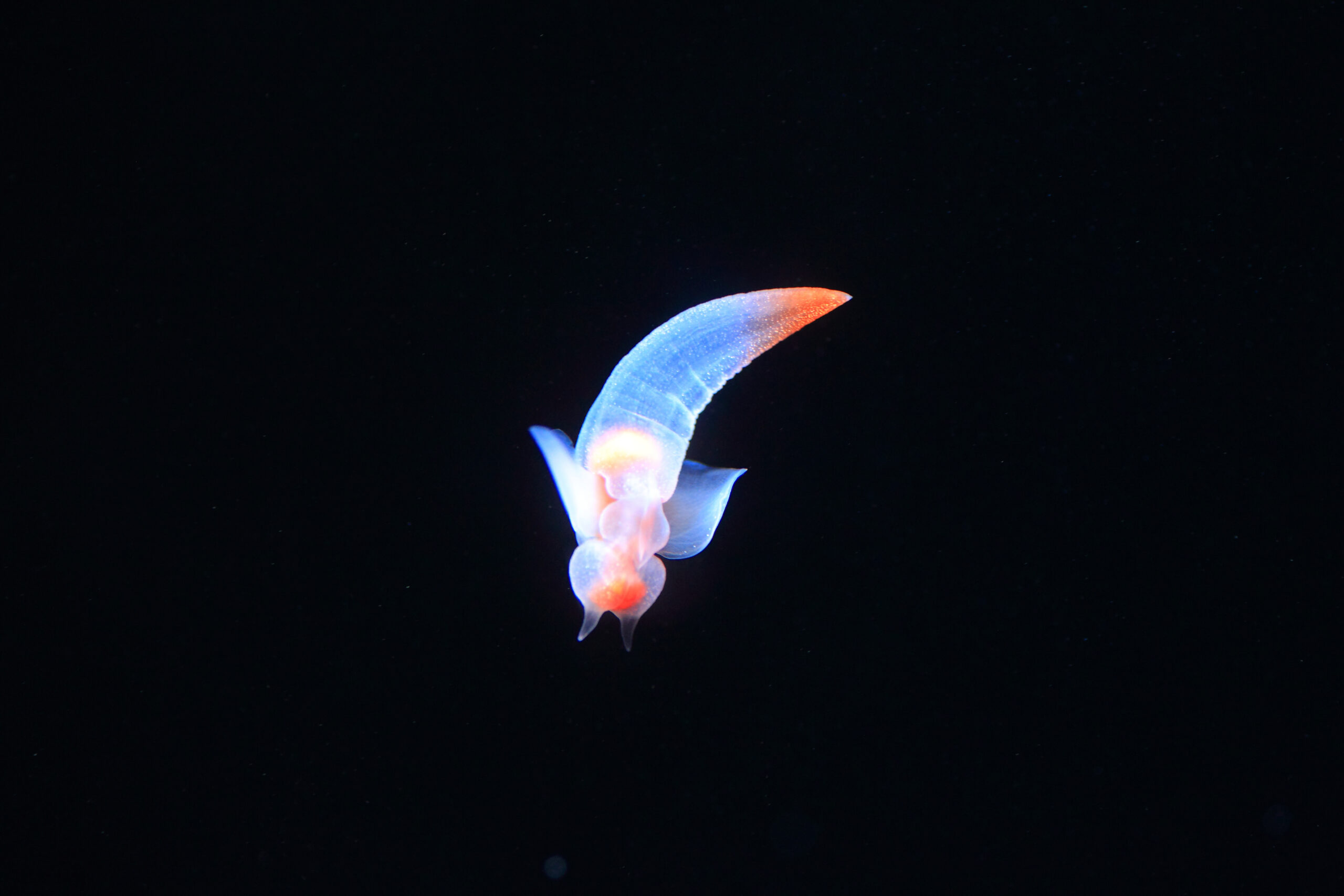There were some unexpected, rather unwelcome, visitors at the beach last weekend. Chatter on the What’s Going On St. Thomas Facebook page was replete with posts about a swarm of tiny sea creatures that left some swimmers at Magens Bay feeling like they had been stung.

Apparently, they had met with a mass of “sea butterflies” – the common name for various types of tiny sea snails that are an important link in the ocean’s food chain. The critters are herbivorous and do not actually sting or bite, nor are they any serious threat to humans. But they do have light or transparent shells that can scrape against the skin and occasionally get trapped in clothing.
“At first, we thought they were tiny pieces of fiberglass,” Cynthia Moore posted. “That’s what they look and feel like. For the past two years, they have swarmed at this time of the year. We had no idea what they were called either. Very painful. They get stuck on your skin and in your bathing suit.”
If you’ve never heard of a sea butterfly, you aren’t alone. Several people posted that they had lived decades on St. Thomas and had never seen or heard of them.
But Hubert Brumant, general manager at Magens Bay, is quite familiar with them.
“Every year, we have them,” he said, especially at the southern end of the beach. They generally appear in the summer months. “They wash in on the big waves. They’re driven by the currents … There’s nothing we can do about them” – other than alert swimmers to their presence.
Because of their size – generally less than an inch – and their transparency, they are hard to spot in small numbers. Brumant said they often appear like strings. And they may go unnoticed.
When there are mass events, they are more obvious. “You’ll see that the water’s not clear,” he said.
They come unbidden, and they generally leave in a day or so.
Brumant stressed that the sea butterfly is not venomous. He advised anyone who encounters them to wash their skin and their swimsuit and avoid further contact.
The sea butterfly and its cousin and predator, the sea angel, are both found in salt waters from the tropics to the poles. They may live at the surface or at various depths up to and even more than 500 feet.
The sea butterfly can vary in shape; it may be coiled, needle-like, triangular, or globular. It gets its name not from its coloration but rather from the way it swims, flapping its wing-looking parapodia and moving in a way that mimics the flight of a butterfly.
The Department of Planning and Natural Resources had received no reports of a sea butterfly event, communications director Jamal Nielsen said Tuesday. Barring that and without a photograph of the sea animals, the department could not confirm the sighting.
Brumant said the event is not rare. He said the sea butterfly has been appearing at the beach periodically for at least as long as he has been working there, which is the past 15 years.


